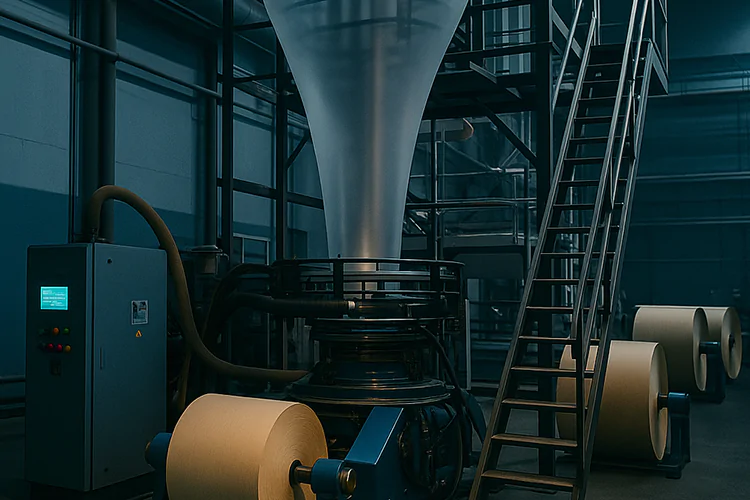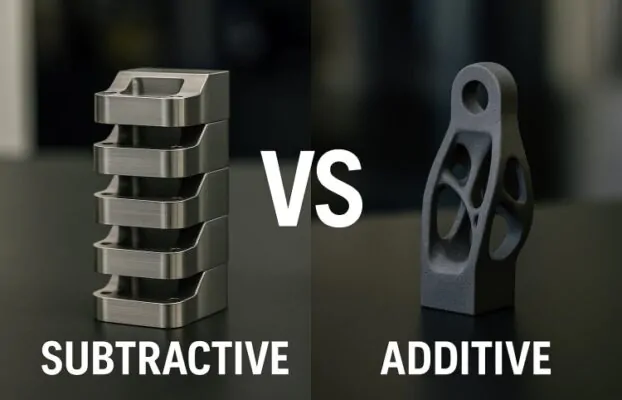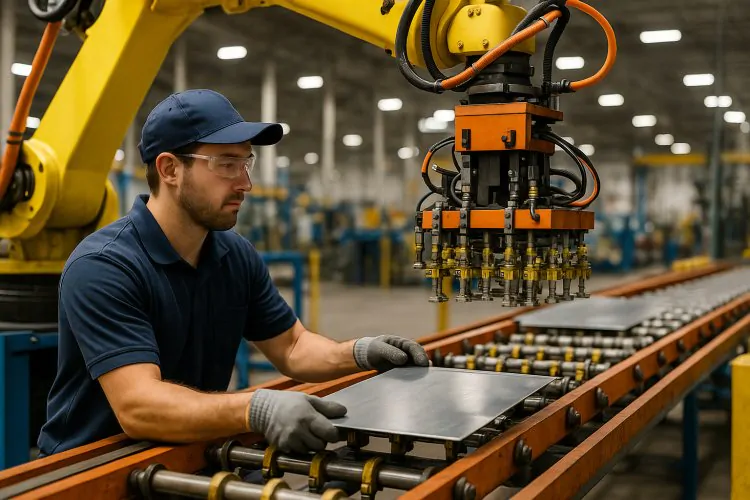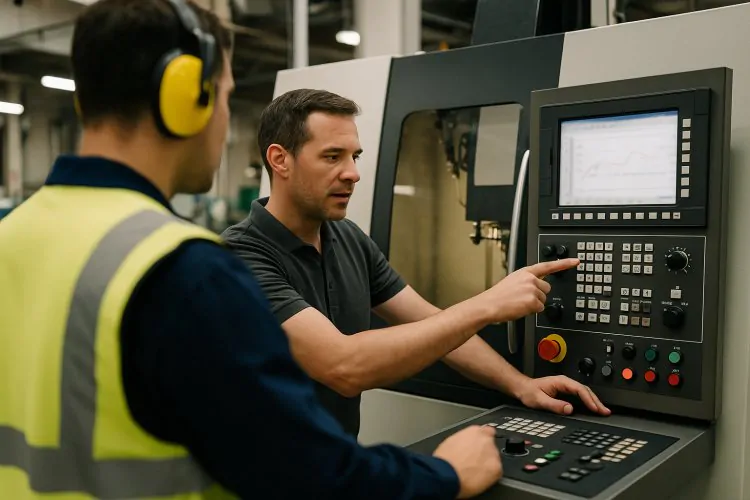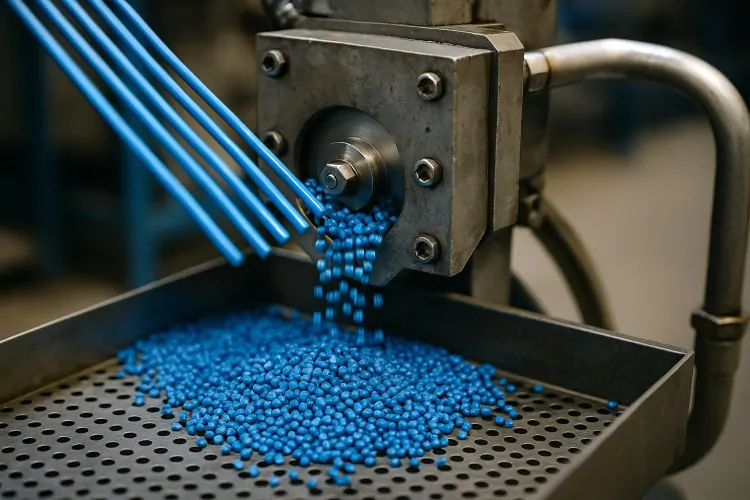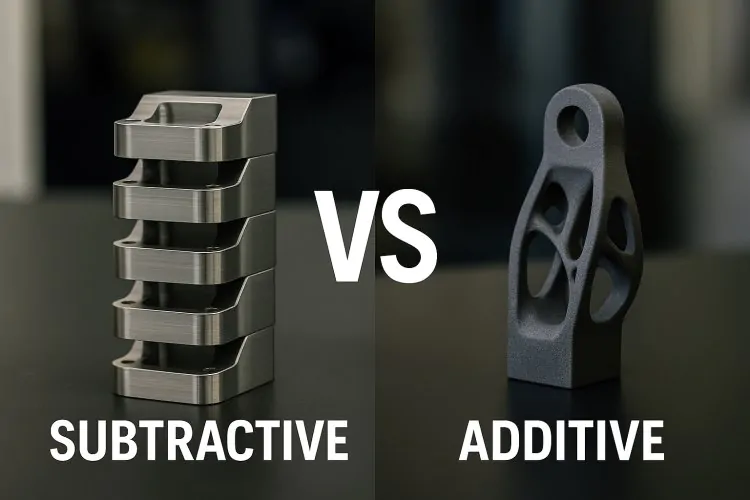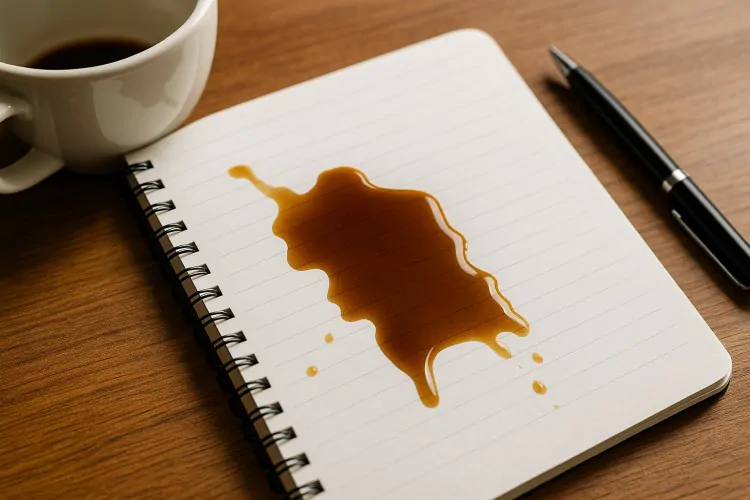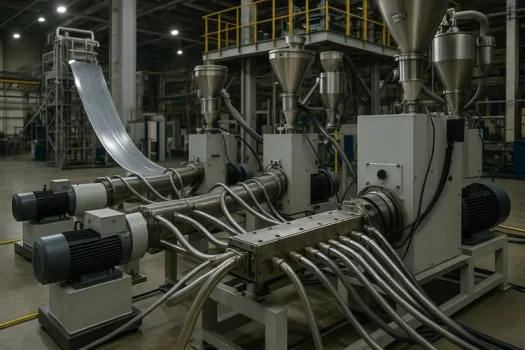Stone Paper Production via the Blown Film Process
The journey to creating stone paper begins with a specialized blend of raw materials. The foundation of this unique material is calcium carbonate (CaCO3), which constitutes roughly 80% of its composition. The remaining 20% is a non-toxic polymer binder, typically high-density polyethylene (HDPE). This clever combination eliminates the need for wood pulp, making it a true tree-free paper.
Manufacturing Stages:
The stone paper manufacturing process using the blown film method is a testament to modern polymer science, involving several meticulously controlled stages.
Masterbatch Compounding: This stage begins by meticulously mixing fine CaCO3 powder with the polymer binder, various additives, and coupling agents in a high-speed mixer. This compounding is crucial for ensuring a uniform dispersion of the CaCO3 particles within the polymer matrix. A high-quality masterbatch is the first step toward preventing inconsistencies that could lead to defects in the final film.
Extrusion and Bubble Formation: The blended masterbatch is fed into an advanced extruder. Inside the heated barrel, the material melts and is homogenized under pressure. The molten mixture is then extruded upward through a round die head to form a thick, tubular film. At this point, compressed air is blown into the tube to create a polymer bubble. This bubble is simultaneously stretched and cooled, reaching the desired film thickness.
Pinching and Winding: After the bubble reaches the desired height and has cooled sufficiently, it is flattened by pinch rollers to form a flat sheet. This flattened sheet is then collected onto large rolls, preparing the film for the next steps in the manufacturing process.
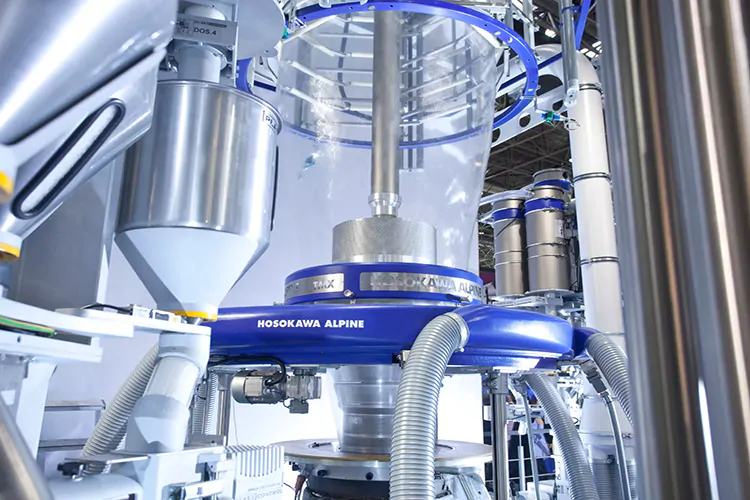
Blown-Film and Extrusion Synergy
Blown-Film Technology is arguably the most critical and defining stage of the entire process. The extruded sheet is fed into a circular die and inflated with air to create a large cylindrical “bubble.” As this film bubble expands and cools, it stretches the film both longitudinally and transversally—a process known as biaxial orientation. This stretching aligns the polymer chains, fundamentally transforming the material and giving it remarkable tensile strength, tear resistance, and its distinct paper-like texture. This unique blown film extrusion process is the key differentiator, turning a simple polymer-stone mixture into a high-performance material that mimics the feel and function of traditional paper
Why Extrusion and Blown-Film Are Essential
The synergistic relationship between extrusion technology and blown-film technology is what makes stone paper a viable and high-quality product. While extrusion provides the essential homogeneous base, the blown-film process imparts the superior physical properties that define the product’s identity. Without the precise control offered by these methods, the resulting product would be a brittle, non-uniform film rather than the flexible, durable paper we know.
A look at the role of each technology highlights their combined importance in the stone paper production and manufacturing process:

Why Choose Stone Paper?
Stone paper is not just a technological marvel; it’s a commitment to sustainability. As a tree-free paper, its production saves trees and significantly reduces water and energy consumption compared to traditional paper manufacturing. Its waterproof and durable nature makes it ideal for applications where wood pulp paper is impractical, such as outdoor maps, waterproof notebooks, and tear-resistant packaging. This focus on environmental benefits and performance makes it a game-changer for businesses seeking a sustainable paper solution.
The versatility and robust nature of stone paper have led to a wide range of applications of stone paper, from outdoor signage and posters to high-end printed materials and flexible packaging. Companies looking to tap into this growing market must prioritize a high-quality Stone Paper Production Line Setup to ensure their products meet global standards.
Stone Paper: A Sustainable and High-Quality Alternative
Investing in the right Blown Film Extrusion Lines and supporting equipment is paramount for success in this industry. At plentifulchoices, we understand the intricacies of advanced polymer processing. Our expertise in extrusion technology and blown-film technology allows us to provide state-of-the-art equipment designed to produce the highest quality stone paper. We proudly serve clients across the Middle East and Europe, offering comprehensive support from line setup to optimization, helping you create a greener future with every sheet of stone paper.
